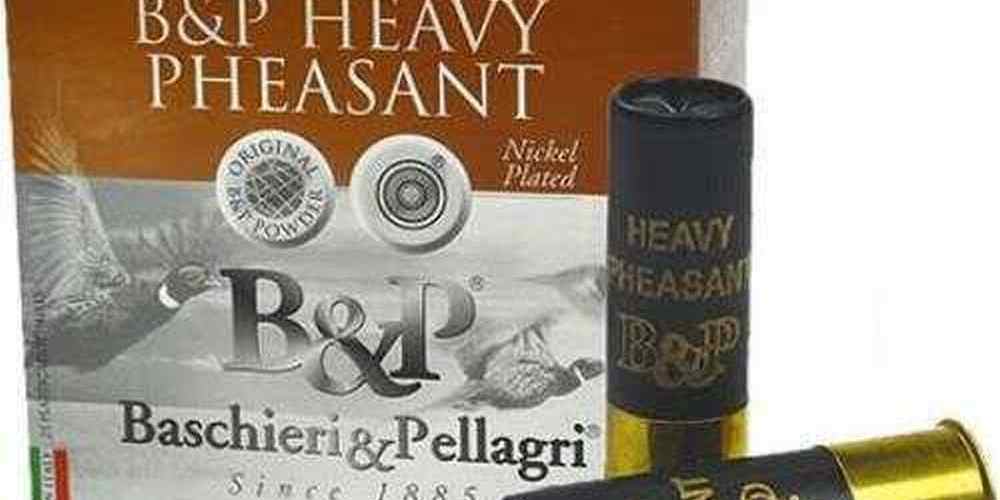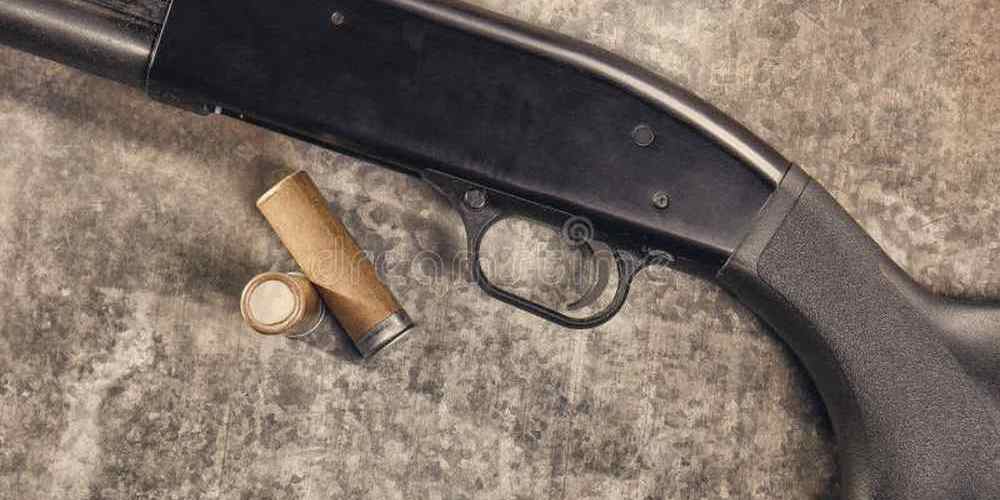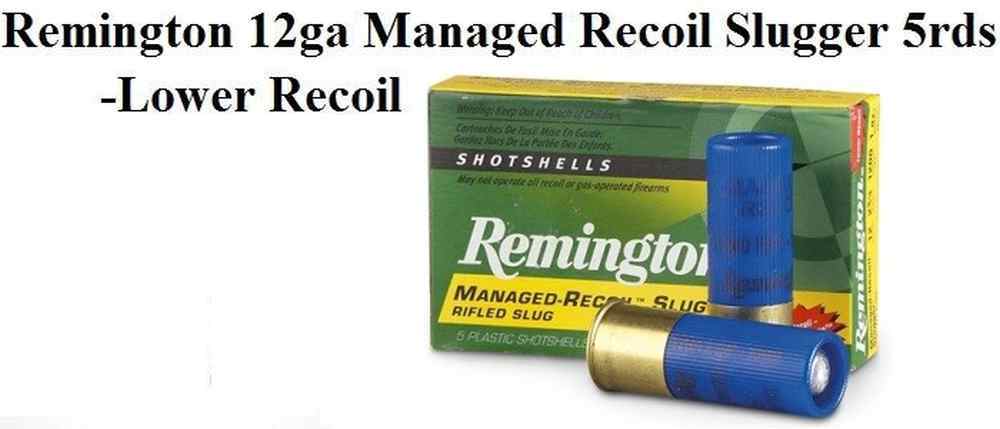“Shoot safely, minimize lead exposure.”
Identifying and Removing Lead Contaminants from Shooting Range
Shotgun shooting is a popular sport enjoyed by many enthusiasts around the world. However, one of the potential risks associated with this activity is exposure to lead contaminants. Lead exposure can have serious health implications, so it is important for shotgun shooters to take steps to minimize their risk.
One of the key ways to reduce lead exposure is by identifying and removing lead contaminants from shooting ranges. Lead can be present in various forms at shooting ranges, including in the form of lead shot or lead dust. It is important for shooters to be aware of these potential sources of lead contamination and take steps to address them.
One of the first steps in identifying lead contaminants at a shooting range is to conduct a thorough inspection of the area. This may involve visually inspecting the range for any visible signs of lead contamination, such as lead shot or dust on the ground. It may also involve using specialized equipment, such as lead testing kits, to detect the presence of lead in the soil or on surfaces.
Once lead contaminants have been identified, it is important to take steps to remove them from the shooting range. This may involve cleaning up lead shot or dust using specialized equipment, such as vacuums or sweepers designed to capture lead particles. It may also involve implementing measures to prevent further lead contamination, such as using lead-free ammunition or installing barriers to contain lead contaminants.
In addition to removing lead contaminants from the shooting range, it is also important to take steps to protect shooters from lead exposure. This may involve providing shooters with personal protective equipment, such as gloves and masks, to reduce their risk of exposure to lead dust. It may also involve implementing practices to minimize the spread of lead contaminants, such as washing hands and equipment after shooting.
By taking these steps to identify and remove lead contaminants from shooting ranges, shotgun shooters can help minimize their risk of lead exposure. This not only protects the health and safety of shooters but also helps to preserve the environment by reducing the spread of lead contaminants.
In conclusion, minimizing lead exposure is an important consideration for shotgun shooters. By identifying and removing lead contaminants from shooting ranges, shooters can reduce their risk of exposure to lead and protect their health and safety. Implementing these safety practices not only benefits shooters but also helps to preserve the environment for future generations. So, next time you head out to the shooting range, remember to take steps to minimize your lead exposure and enjoy your sport safely.
Proper Handling and Disposal of Lead Ammunition
Shotgun shooting is a popular sport enjoyed by many enthusiasts around the world. However, one of the potential risks associated with this activity is exposure to lead, which is commonly found in shotgun ammunition. Lead exposure can have serious health consequences, so it is important for shotgun shooters to take steps to minimize their risk.

Proper handling and disposal of lead ammunition is crucial in reducing the risk of lead exposure. When handling lead ammunition, shooters should always wear gloves to prevent direct contact with the lead. It is also important to wash hands thoroughly after handling lead ammunition to remove any residue that may be left behind.
In addition to proper handling, shooters should also be mindful of how they dispose of lead ammunition. It is important to dispose of lead ammunition in a responsible manner to prevent environmental contamination. One option is to take unused lead ammunition to a hazardous waste disposal facility. These facilities are equipped to handle hazardous materials safely and can ensure that the lead is disposed of properly.
Another option for disposing of lead ammunition is to recycle it. There are companies that specialize in recycling lead ammunition, which can help reduce the environmental impact of lead contamination. By recycling lead ammunition, shooters can help prevent lead from ending up in landfills or contaminating water sources.
In addition to proper handling and disposal of lead ammunition, shooters should also be aware of the potential risks associated with lead exposure. Lead exposure can have serious health consequences, including neurological and developmental issues. Children and pregnant women are particularly vulnerable to the effects of lead exposure, so it is important for shooters to take extra precautions to protect themselves and others.
One way to minimize the risk of lead exposure is to use non-lead ammunition. Non-lead ammunition is becoming increasingly popular among shooters as a safer alternative to traditional lead ammunition. Non-lead ammunition is made from materials such as steel, copper, or bismuth, which do not pose the same health risks as lead.
When using non-lead ammunition, shooters should still follow proper handling and disposal practices to ensure their safety. Non-lead ammunition may still contain trace amounts of lead, so it is important to take precautions to minimize exposure. By using non-lead ammunition, shooters can reduce their risk of lead exposure and help protect their health and the environment.
In conclusion, minimizing lead exposure is an important aspect of shotgun shooting safety. By following proper handling and disposal practices, shooters can reduce their risk of lead exposure and protect themselves and others from the potential health consequences. Using non-lead ammunition is also a good way to further minimize the risk of lead exposure. By taking these steps, shooters can enjoy their sport safely and responsibly.
Using Lead-Free Alternatives for Shotgun Shooting
Shotgun shooting is a popular sport enjoyed by many enthusiasts around the world. However, one of the potential risks associated with this activity is exposure to lead. Lead exposure can have serious health consequences, so it is important for shotgun shooters to take steps to minimize their exposure to this toxic substance. One way to do this is by using lead-free alternatives for shotgun shooting.
Lead is commonly found in shotgun ammunition in the form of lead shot. When a shotgun is fired, the lead shot disperses into the air and can be inhaled or ingested by shooters and bystanders. This can lead to lead poisoning, which can cause a range of health problems, including neurological issues, kidney damage, and reproductive problems. To avoid these risks, many shooters are turning to lead-free alternatives for their shotgun ammunition.
One popular lead-free alternative for shotgun shooting is steel shot. Steel shot is made from steel pellets instead of lead, making it a safer option for shooters and the environment. Steel shot is just as effective as lead shot in terms of performance, making it a viable alternative for shotgun shooters who want to minimize their exposure to lead.
Another lead-free alternative for shotgun shooting is bismuth shot. Bismuth shot is made from bismuth, a non-toxic metal that is safe for both shooters and the environment. Bismuth shot is slightly more expensive than steel shot, but many shooters find it to be worth the investment for the peace of mind it provides in terms of safety.
In addition to steel and bismuth shot, there are other lead-free alternatives available for shotgun shooters, such as tungsten and copper shot. These alternatives offer similar performance to lead shot while eliminating the risk of lead exposure. By using these lead-free alternatives, shotgun shooters can enjoy their sport without putting their health at risk.
When using lead-free alternatives for shotgun shooting, it is important to follow proper safety practices to minimize the risk of exposure to other harmful substances. For example, shooters should always wear protective gear, such as gloves and eye protection, to prevent contact with potentially hazardous materials. Shooters should also wash their hands thoroughly after handling ammunition to remove any residue that may contain lead or other toxic substances.
In conclusion, minimizing lead exposure is an important consideration for shotgun shooters who want to protect their health and the environment. By using lead-free alternatives for shotgun shooting, shooters can enjoy their sport without putting themselves at risk of lead poisoning. Steel shot, bismuth shot, and other lead-free alternatives offer a safe and effective option for shotgun shooters who want to prioritize safety. By following proper safety practices and using lead-free alternatives, shotgun shooters can continue to enjoy their sport while minimizing their exposure to harmful substances.
Implementing Regular Cleaning and Maintenance of Shooting Equipment
Shotgun shooting is a popular sport enjoyed by many enthusiasts around the world. However, one of the potential risks associated with this activity is exposure to lead. Lead exposure can occur through the handling of lead-based ammunition and the inhalation of lead dust generated during shooting. To minimize the risk of lead exposure, it is essential for shotgun shooters to implement safety practices, including regular cleaning and maintenance of shooting equipment.
Cleaning and maintaining your shotgun is not only important for ensuring its optimal performance but also for reducing the risk of lead exposure. Lead residue can accumulate in the barrel, action, and other parts of the shotgun over time. Regular cleaning helps to remove this residue and prevent it from being released into the air during shooting.
When cleaning your shotgun, it is important to use the right tools and techniques to ensure thorough removal of lead residue. Start by disassembling the shotgun and inspecting each part for any signs of lead buildup. Use a cleaning rod, patches, and solvent to clean the barrel and action. Pay special attention to areas where lead residue is likely to accumulate, such as the chamber and forcing cone.
After cleaning, it is important to properly dispose of the used cleaning patches and solvent to prevent further exposure to lead. Avoid using compressed air to blow out lead residue, as this can release lead dust into the air. Instead, use a vacuum cleaner with a HEPA filter to safely remove any remaining lead particles.
In addition to regular cleaning, it is also important to maintain your shotgun in good condition to prevent lead exposure. Inspect your shotgun regularly for any signs of wear or damage, such as cracks or corrosion. Replace any worn or damaged parts to ensure the safe operation of your shotgun.
Proper storage of your shotgun is also important for minimizing lead exposure. Store your shotgun in a secure and well-ventilated area to prevent the buildup of lead dust. Use a gun safe or cabinet to store your shotgun when not in use, and avoid storing ammunition in the same area to reduce the risk of lead contamination.
In conclusion, implementing regular cleaning and maintenance practices is essential for minimizing lead exposure while shotgun shooting. By following these safety practices, you can enjoy your favorite sport while protecting yourself and others from the harmful effects of lead exposure. Remember to always handle lead-based ammunition with care and follow proper cleaning and maintenance procedures to ensure a safe and enjoyable shooting experience.
Educating Shooters on the Dangers of Lead Exposure
Shotgun shooting is a popular sport enjoyed by many individuals around the world. However, what many shooters may not realize is that there is a potential health risk associated with shooting activities – lead exposure. Lead exposure can occur when shooters come into contact with lead dust or fumes that are released when firing a shotgun. In order to minimize the risk of lead exposure, it is important for shooters to be educated on the dangers of lead exposure and to implement safety practices to protect themselves and others.
Lead exposure can have serious health consequences, particularly for children and pregnant women. Even low levels of lead exposure can lead to cognitive and behavioral problems, as well as damage to the nervous system, kidneys, and other organs. In order to protect themselves and others from the harmful effects of lead exposure, shotgun shooters must take steps to minimize their exposure to lead dust and fumes.
One of the most important safety practices for shotgun shooters is to always wash their hands and face after shooting. This simple step can help to remove any lead residue that may have come into contact with the shooter’s skin. Additionally, shooters should avoid eating, drinking, or smoking while shooting, as this can increase the risk of ingesting lead particles. It is also important for shooters to wear appropriate personal protective equipment, such as gloves and a mask, to minimize their exposure to lead dust and fumes.
Another important safety practice for shotgun shooters is to clean their firearms regularly and properly. Lead residue can build up in the barrel and chamber of a shotgun over time, increasing the risk of lead exposure. By cleaning their firearms after each use, shooters can help to remove any lead residue and reduce the risk of exposure. Additionally, shooters should be mindful of where they are shooting and the type of ammunition they are using. Shooting in well-ventilated areas and using lead-free ammunition can help to minimize the risk of lead exposure.
In order to educate shooters on the dangers of lead exposure, shooting clubs and organizations should provide information and resources on lead safety practices. This can include workshops, training sessions, and informational materials on the risks of lead exposure and how to minimize exposure. By educating shooters on the dangers of lead exposure and providing them with the tools and resources they need to protect themselves, shooting clubs and organizations can help to ensure the safety and well-being of their members.
In conclusion, minimizing lead exposure is an important safety practice for shotgun shooters. By educating shooters on the dangers of lead exposure and providing them with the tools and resources they need to protect themselves, shooting clubs and organizations can help to ensure the safety and well-being of their members. By implementing safety practices such as washing hands and face after shooting, wearing personal protective equipment, cleaning firearms regularly, and shooting in well-ventilated areas with lead-free ammunition, shooters can minimize their exposure to lead dust and fumes and enjoy their sport safely.





